ASD: Bridging The Gap In Cardiac Care
Heart-related conditions continue to be a major worldwide health issue, affecting millions of people annually. Atrial septal defects (ASDs) are a common type of congenital cardiac abnormality that affects the heart’s structure and function. An irregular gap in the atrial septum, which divides the heart’s upper chambers (the atria), is a hallmark of an ASD. Blood can flow between the left and right atria through this aperture, which could cause problems if addressed.
Thankfully, developments in medical technology have produced successful therapies, with ASD closure emerging as a key operation to rectify this issue.
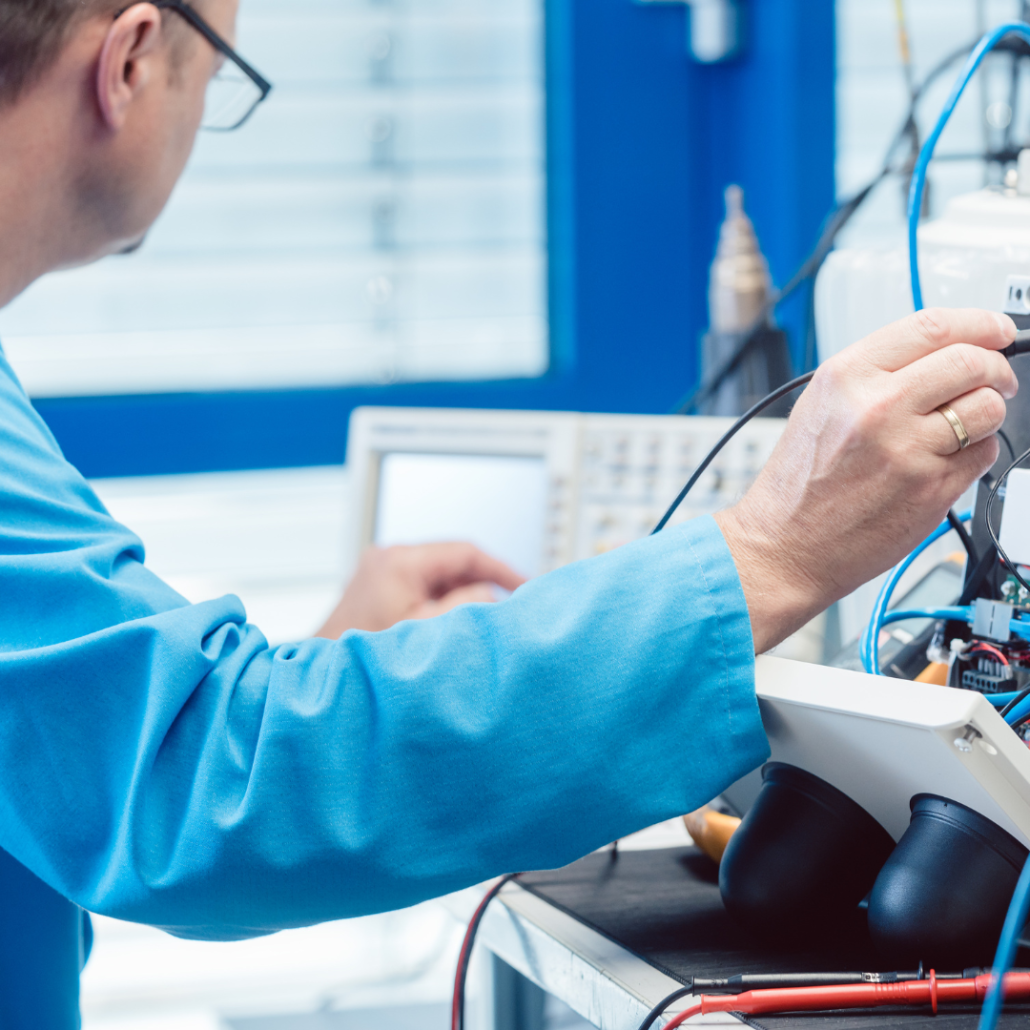
Understanding Atrial Septal Defects (ASD):
Based on the location and size of the atrial septum opening, ASDs are divided into different kinds. The three main subtypes of ASDs are ostium secundum, ostium primum, and sinus venosus. These flaws interfere with the heart’s regular blood flow and can cause a variety of symptoms, such as weariness, breathlessness, palpitations, and in extreme situations, heart failure. To avoid long-term consequences, early identification and effective care are essential.
The Development of Treatment:
Historically, the gold standard for treating ASDs was open-heart surgery. This technique, nevertheless, was linked to considerable morbidity and drawn-out recovery durations. The emergence of minimally invasive procedures transformed the therapeutic environment. Transcatheter ASD closure is a groundbreaking treatment that provides a less invasive alternative to traditional surgery.
Transcatheter ASD Closure:
During transcatheter ASD closure, a catheter that has been placed into a blood vessel and directed to the heart is used to deploy a device. By covering the defect, the device successfully seals it and resumes regular blood flow. With this surgery, a major incision is not required, surgical risks are decreased, and hospital stays are shortened. Usually, patients recover more quickly and have better overall quality of life.
Advantages and Factors:
Compared to open cardiac surgery, transcatheter ASD closure has a number of benefits. First off, it reduces stress to the chest by preventing the necessity for sternotomy (a surgical incision of the sternum). Second, local anesthesia frequently enables the procedure, lowering the hazards connected with general anesthesia. Thirdly, the visual result is better since there are no visible surgical scars. Additionally, the reduced hospital stay translates to lower healthcare costs and a faster return to daily activities.
However, choosing the right patients is essential for getting the best results. A careful selection of the most eligible patients is necessary after rigorous screening. This is because not all ASDs are in a close transcatheter. Variables such defect size, location, and the patient’s general cardiac architecture heavily influence the process of choosing the best course of action.
Clinical Efficacy and Long-Term Follow-Up:
Several clinical trials have shown that transcatheter ASD closure is both safe and effective. The effective and trouble-free closure of the defect is one example of a short-term result. Studies of long-term closure have shown better symptoms, persistent closure, and a lower risk of consequences such as arrhythmias and heart failure. To maintain these beneficial results, however, regular medical care and recurrent evaluations are essential even after recovery.

Way forward For ASD Patients
While transcatheter ASD closure has revolutionized the treatment of atrial septal abnormalities, obstacles still exist. It takes technical know-how to choose the right gadget size and guarantee optimum alignment. Furthermore, the process may not be feasible in all difficult circumstances. To overcome these obstacles and broaden the use of transcatheter methods, more research and technology breakthroughs are crucial.
A significant advancement in the treatment of congenital cardiac abnormalities is the transcatheter closure of the atrial septal defect. This cutting-edge method has several advantages, such as less invasiveness, faster recuperation, and better cosmetic results.
The hope is that as medical knowledge develops, the improvement of treatments and expansion of indications for transcatheter operations will significantly improve the lives of people with atrial septal abnormalities.
Transcatheter ASD closure is a ray of hope for cardiac therapies because it closes the gap between medical innovation and patient care.
For more information or help regarding treatmens, visit us at Travocure!

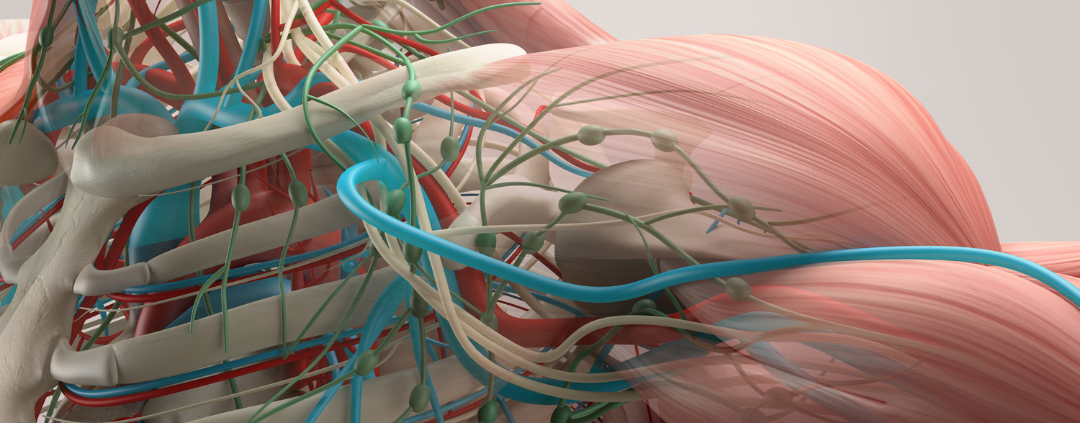

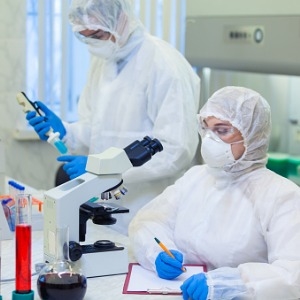
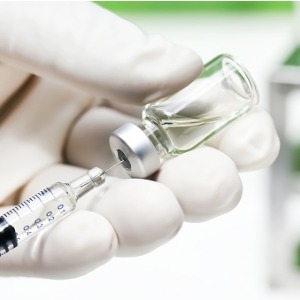


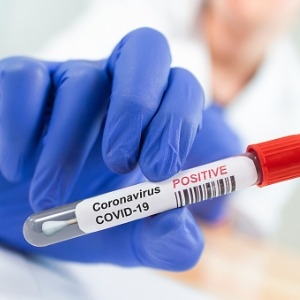








1